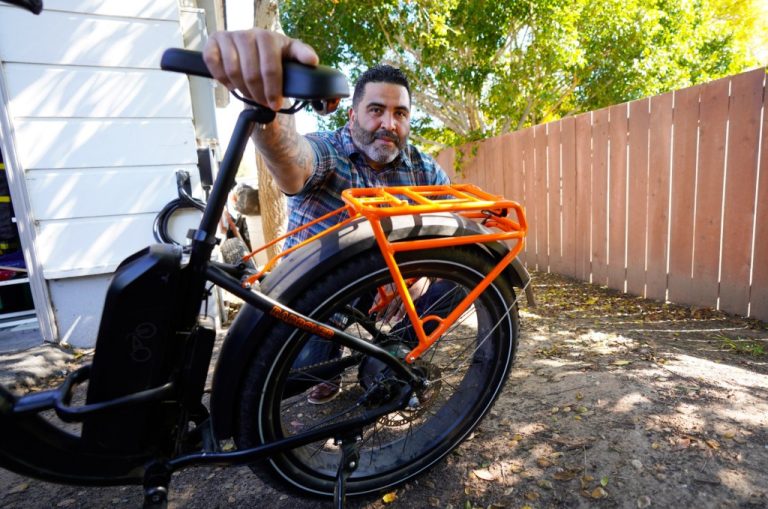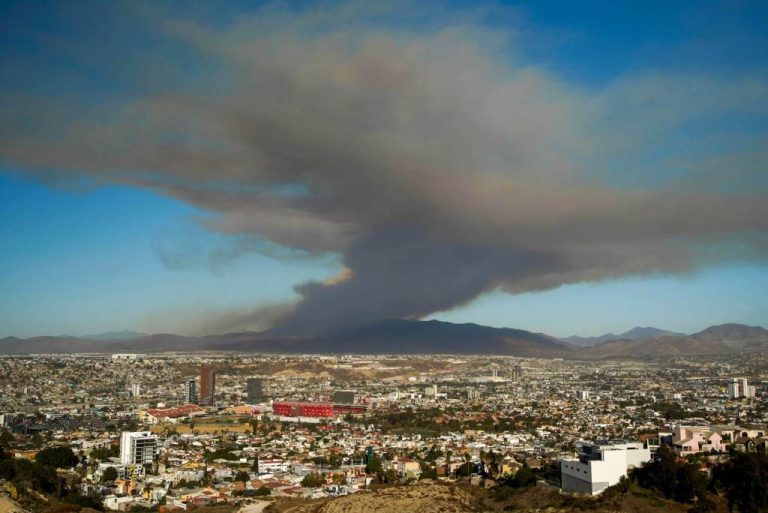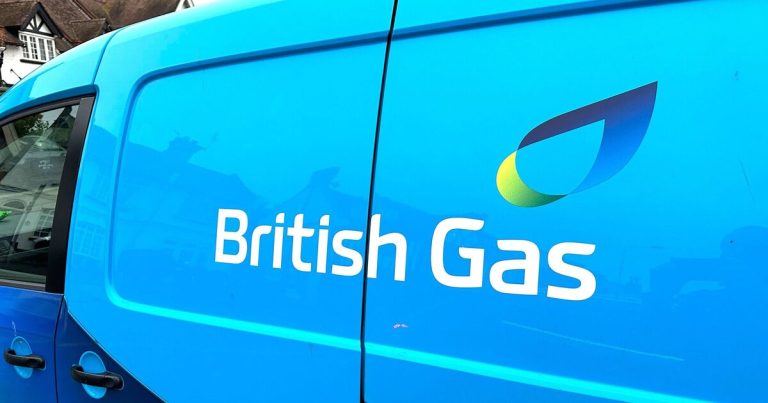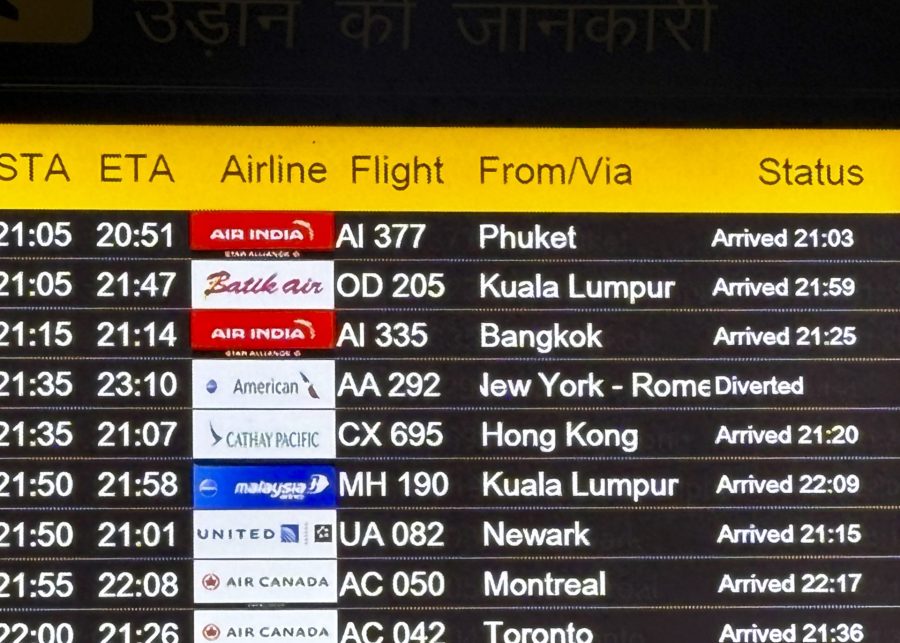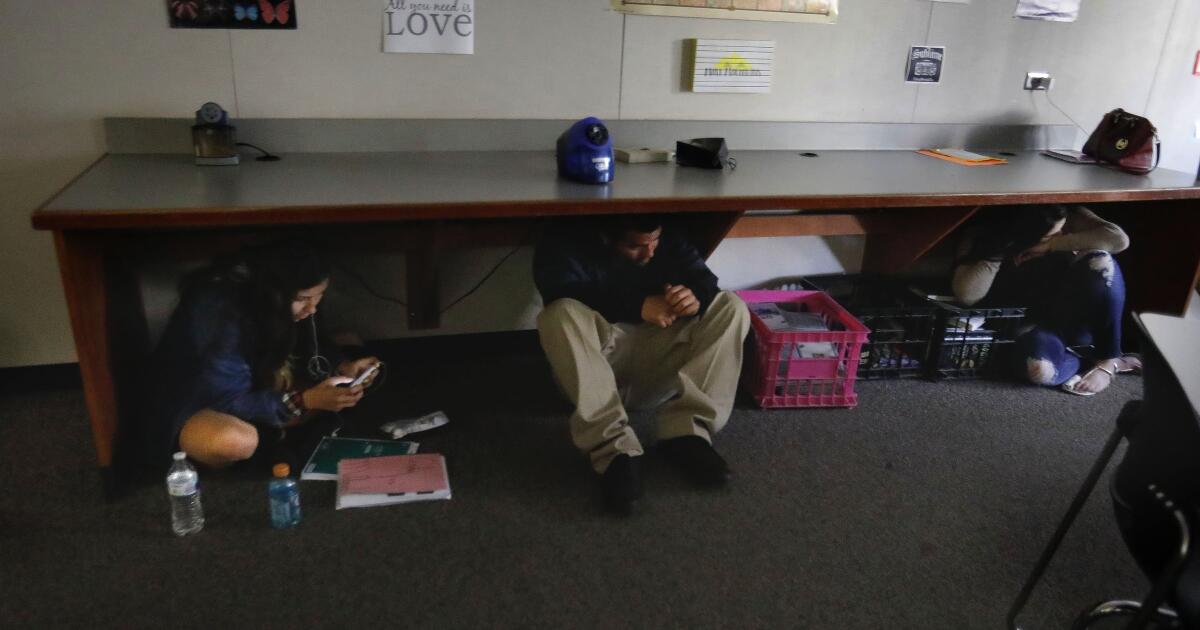

McWeeney, Ph.D., is a graduate of San Diego State University and Georgetown University, and is now director of the Institute for Public Management and Governance at the Jack H. Brown College for Business and Administration at California State University-San Bernardino. He lives in Rancho Mirage. Dailey, Ed.D., is assistant director professor for counseling and development in the Department of Education and Human Development at George Mason University and lives in Northern Virginia. Watson is retired from the FBI as the executive assistant director for counterterrorism and counterintelligence and also lives in Northern Virginia.
Over the past 25 years, $3 billion has been spent to address school shootings in the United States, an investment that has brought enhanced physical security to many of the nation’s schools. By almost every measure, American schools are much safer than 20 years ago.
Yet, in the last three years, we have witnessed a surge in school shootings marked by the loss of innocent children — surpassing any other three-year period since the shootings at Columbine High School in 1999. In 2022 alone, there were 51 incidents resulting in 40 deaths. This suggests that existing approaches are not working.
In nearly half of America’s 10 most fatal shootings, the school recently completed in-depth security programs with consultants, equipment, active shooter exercises and staff training.
Consider the preparation undertaken by Robb Elementary School in Uvalde, Texas, just a few months before the May 2022 shooting — one of the deadliest school shootings in U.S. history. The school and school district implemented extensive security measures — including a security plan for mass casualty events. The school conducted training exercises with the Uvalde Police and Sheriff’s Departments and other law enforcement agencies. In March, just two months before the shooting, the school hosted an active shooter training exercise.
School districts highlight the numerous enhancements to bolster security, such as improvements in visitor management, surveillance, shot detection, mass communications and weapons detection technology. Additionally, they emphasize various processes and procedures, including anti-bullying programs, anonymous reporting systems, emergency plans, active shooter protocols and behavioral threat assessment teams.
Despite these efforts, the issue of school shootings continues to loom. Guy Bliesner, writing in an edition of Campus Safety, argues that these enhancements alone are insufficient in ensuring school safety. He notes that, ultimately, only the collective efforts of the people within a school community can safeguard our educational institutions.
Bliesner’s point is underscored in a report by the Texas legislature in the aftermath of Uvalde. The report presented by a Texas House of Representatives committee found the school’s security program ineffective, and it concluded the school had a “culture of non-compliance,” which limited new security capabilities. It appears that increases in safety equipment and security may create a false sense of confidence, limiting the ability to see vulnerabilities until it is too late.
If there is an answer, it hinges on the capacity of local school administrators, teachers, parents and the entire school community to evaluate vulnerabilities within their institution. Only they can pinpoint security weaknesses that may be easily exploited, and only they can take meaningful and ongoing corrective measures. To end the pain of the past two decades, fully engaged school communities must set aside the urge to elucidate past actions and channel their efforts into recognizing and committing to addressing what still needs to be done.
A vulnerability self-assessment, distinct from a threat assessment, is viewed from the perspective of a prospective shooter and can make a significant contribution to the safety and security of all schools. Whereas a threat assessment identifies the need to upgrade physical security or enhance a mental health program, a vulnerability assessment would specifically address unlocked doors, unmanned security posts, poor information sharing or the inability to monitor children exhibiting warning signs. A review of the 389 school shootings that have taken place since 1999 reveals the most significant weaknesses are not in the security apparatus itself but in the extent to which it is being effectively implemented. Unfortunately, few schools use on-site staff to conduct candid and in-depth vulnerability assessments. Such assessments, conducted at the individual school level, would identify (and correct) those immediate lapses in the school’s practices, policies and procedures that potential shooters can readily exploit.
We can wait for gun control and the removal of the 393 million civilian-owned guns in the United States, or we can wait for the emergence of a kinder, gentler humanity. On the other hand, an on-site school leadership team consisting of school administrators, staff, teachers and parents that engage in real-time vulnerability self-assessments, followed by immediate corrective action (where possible), can avert the devastation associated with each shooting. The California State University team, in connection with George Mason University, offers individualized vulnerability self-assessments on a limited basis to individual schools free of charge and will offer training to school districts interested in the development of an ongoing program. This is a unique opportunity to collaborate with all interested parties to ensure safety within our schools.


